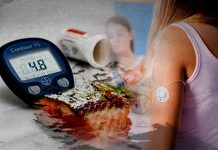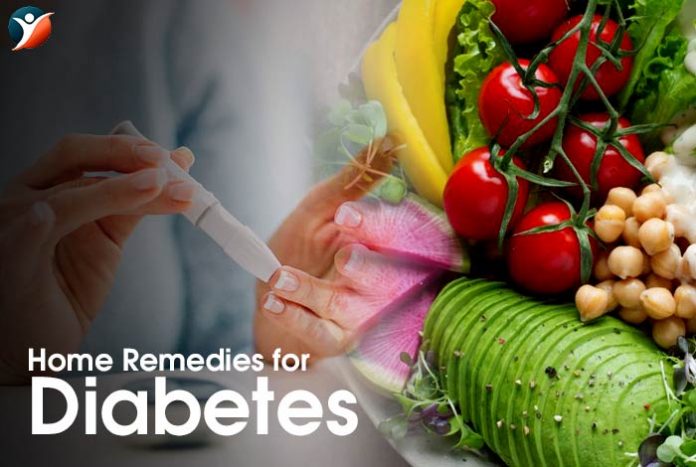
Diabetes is a metabolic disorder, i.e., it affects the way our body utilizes food for energy and growth. An organ in the human body, known as pancreas (situated behind the stomach) produces a hormone, called insulin. When we eat food, our blood sugar level rises. At this point, insulin comes into action and maintains the normal blood sugar level by making our body cells consume the glucose to produce energy.
Deficiency of insulin or resistance of the body to insulin leads to a persistent elevation of blood sugar level. This condition is known as Diabetes. Broadly, there are three types of diabetes:
- Type 1: It is characterized by a complete deficiency of insulin. It is relatively uncommon.
- Type 2: It is the most common type of diabetes, accounting for 90-95% of cases of diabetes. In this type, the body develops resistance to insulin and there is hampered utilization of glucose by the peripheral tissues. Mostly, when physicians or people use the word diabetes, it refers to type 2 diabetes.
- Gestational Diabetes: This type of diabetes develops in women during pregnancy, when the body demands an increased production of insulin. Each year 2 to 10% of women in US reports having gestational diabetes.
Prediabetes is another condition, where blood sugar levels are above the normal range, but not high enough to be considered as diabetes. People with prediabetes are at a higher risk of developing Type 2 diabetes.
The classic symptoms of diabetes are increased thirst, increased frequency of urination and increased hunger.
According to National Diabetes Statistics Report of the U.S. the Centers for Disease Control and Prevention (CDC), nearly 30.3 million people were reported to have diabetes in 2015, which constituted 9.4% of the total US population. However, an astonishing 7.2 million people were not aware of their condition.
Diabetes not just affects elderly, but it has now started encroaching the youth as well. The factors that can be attributed to such high occurrence of diabetes among almost all age groups are sedentary lifestyle, unhealthy eating habit along with a strong tendency of the disease to be genetically transmitted.
Diabetic people are considered “immunocompromised” as they have impaired immune system which predisposes them to wide range of complications, such as kidney damage, brain stroke, cardiovascular diseases and blindness. Hence, it is essential to recognize the condition at an early stage and take appropriate treatment.
There is no denial of the fact that diabetes is an extremely debilitating condition and hampers the quality of life of an individual. Hence, it is necessary to intervene the disease effectively. The most popular treatment modality for diabetes involves the use of drugs and insulin therapy, as prescribed by the physician. However, one must keep in mind that diabetes is a multi-factorial disease. Thus, in addition to medical treatment, one must inculcate some major lifestyle and dietary amendments.
Nobody wants to rely on heavy doses of medications and painful insulin injections to lead a normal life. The good news for every individual facing the brunt of this disease is that there is a way to reduce the dependency on drugs and injections. Various natural methods have been advocated since long to curb this ailment. The subsequent sections will enumerate numerous natural remedies that can effectively manage diabetes.
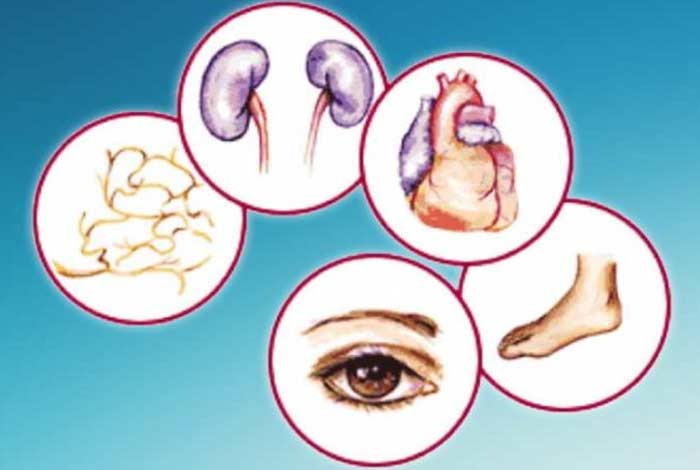
1. Dietary Changes
There is a famous saying “You become what you eat”. The culprit in diabetes is glucose or carbohydrate as the body is not able to consume glucose efficiently. Hence, it is important for people with diabetes to stick to a healthy dietary regime. This rule is not only applicable to people with diabetes but holds true even in cases of prediabetes. Patients with prediabetes must eat healthy to eliminate the risk of progressing to the state of diabetes.
Foods to Avoid:
Cutting down on certain food can help lower the blood sugar level. These are listed below:
a) Refined Sugar: Refined or processed sugar is one of the unhealthiest forms of carbohydrate. It causes a rapid increase in the blood sugar level, which is difficult for a diabetic’s body to cope with. Even, natural sweetening agents like honey can produce a dramatic elevation in the blood glucose level. Thus, avoid consumption of such sweeteners.

b) Whole Grains: Another word which is all over the web these days is “Gluten.” It causes something called “leaky gut,” which is an inflammatory response in the gut. This, in turn, can aggravate the condition in diabetics by evoking an autoimmune reaction (when a person’s own immunity starts attacking his cells). Whole grains have gluten as a major constituent, hence, must be avoided. Replace them with gluten-free products.
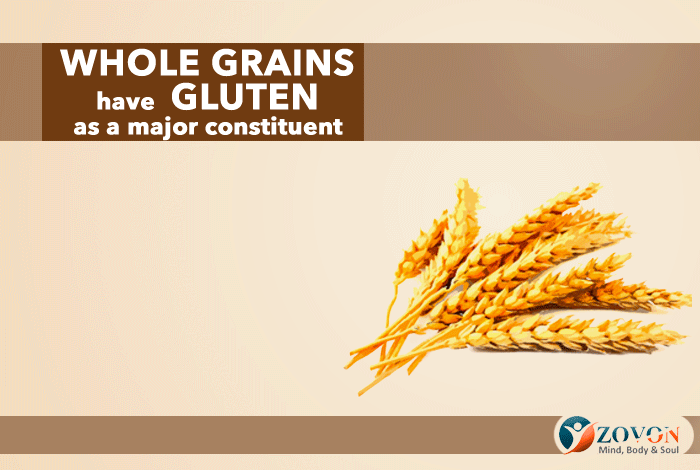
c) Alcohol: The chances of getting diabetes is more in people, who consume alcohol. It is a well-known fact that alcohol damages liver. However, a lesser known fact is that it also causes damage to pancreas; thus, disrupting insulin secretion. Alcohol is a big ‘NO’ if you are a diabetic, especially beer as it has a high concentration of carbohydrates.

d) Cow’s Milk: As already stated, gluten is a complete contraindication in diabetes. But, a significant fact is that not just whole grains, even cow’s milk contains gluten, and must be avoided in case of diabetes. Cow’s milk should be replaced with goat or sheep’s milk, which is gluten-free.
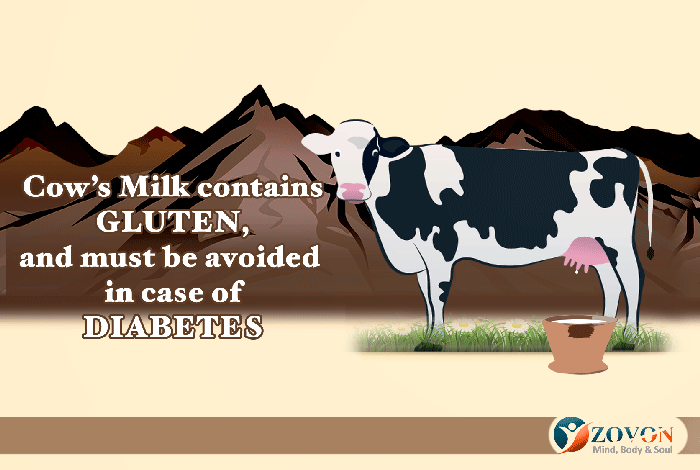
e) GMO Foods: Genetically Modified Foods, commonly referred to as GMO foods, can be easily seen in markets in the form of corn, soy, papayas, dairy products and more. It is a well-established fact that GMO foods are harmful for the human body and may worsen diseases like diabetes. Thus, diabetics should always opt for products labeled as GMO-free.
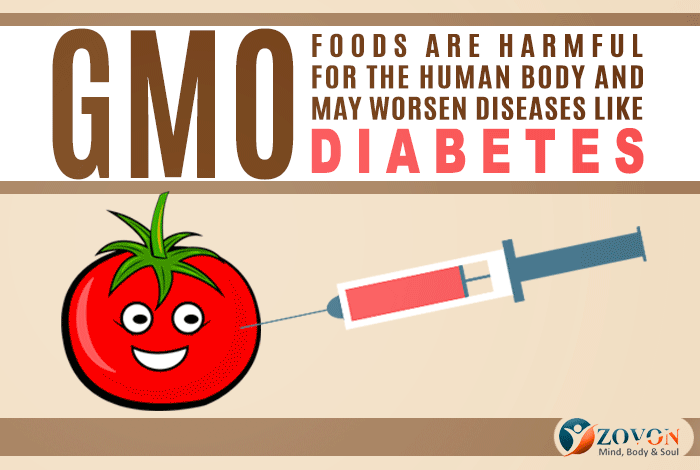
Foods to Eat:
Although allopathic medicines are considered most effective in the treatment of diabetes, alternative medicine is also pacing up for valid reasons. Various herbs, spices and foods are used in the effective management of diabetes.
a) Holy Basil Leaves: Leaves of holy basil or tulsi are enriched with antioxidants and essential oils that produce eugenol, methyl eugenol and caryophyllene. These compounds together help release insulin, and improve the sensitivity to insulin; thereby, lowering blood sugar levels.
- How to use:
Take 2 to 3 basil leaves whole or take 1 tablespoon of the juice of leaves on an empty stomach to achieve desirable effects.
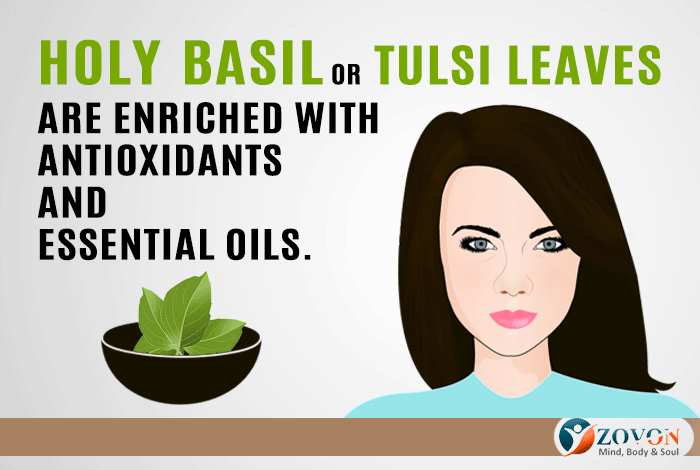
b) Flaxseeds: Flaxseeds or ‘alsi’ is known to have various health benefits. It not only aids in digestion, but also helps in the absorption of fats and sugar; thereby, reducing the blood sugar level.
- How to use:
Take 1 tablespoon of ground flaxseeds powder with one glass of warm water.
Caution: Do not take more than 2 tablespoons of the mixture a day as it can be harmful in high amounts.
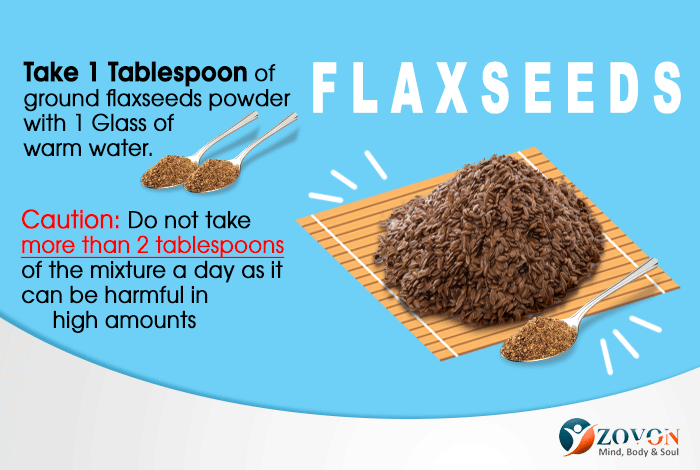
c) Leaves of Bilberry Plant: Bilberry plant, commonly known as ‘Neelabadari’ plant, contains anthocyanidin, which helps in the transportation of glucose and metabolism of fat, thus, maintaining a normal blood sugar.
- How to use:
Using a mortar and pestle, crush the leaves and take 100 milligrams of powder daily on an empty stomach.
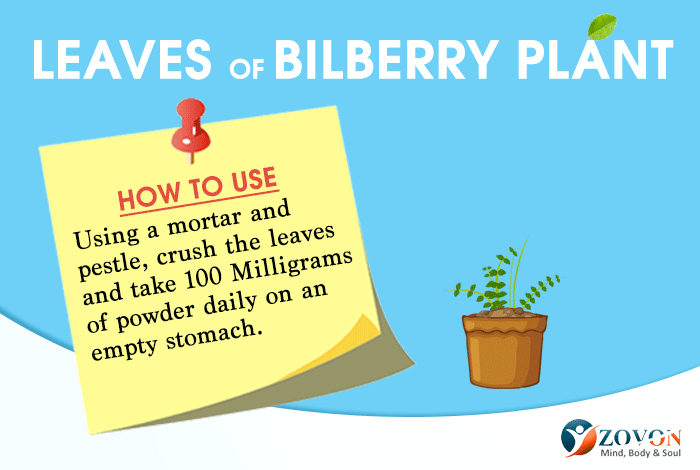
d) Cinnamon: Cinnamon, popularly known as ‘Daalchini,’ has been reported in lowering the body weight and improving insulin sensitivity. Even in amount as little as half teaspoon, cinnamon can be tremendously beneficial in cases of diabetes. Diabetes increases the risk of heart diseases. Cinnamon also helps in preventing the onset of diabetes-related cardiac complications.
- How to use:
Incorporation of 1 gram of cinnamon powder in daily diet can help lower the blood sugar level.
e) Green Tea: Most of the tea leaves are fermented. But, green tea is an unfermented form and is rich in polyphenols. Polyphenol is a potent antioxidant and blood-sugar lowering agent. It helps the body use insulin efficiently.
- How to use:
Place a green tea bag in a cup of warm water and steep for 3 to 5 minutes. Remove the bag and drink the tea on an empty stomach in the morning or before meals.
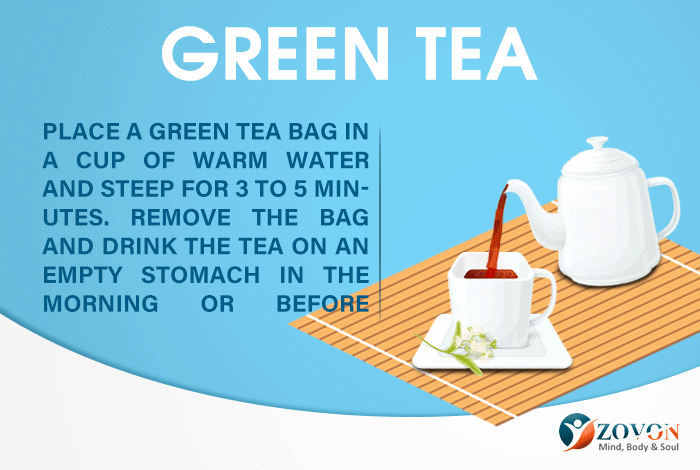
f) Drumstick Leaves: Also known as moringa, drumstick leaves are considered a superfood for their various health benefits. Including drumstick leaves in the diet instils a feeling of satiety in a person, and stimulates the metabolism of food; thereby, lowering the release of sugar in the blood.
- How to use:
Take few drumstick leaves, crush them and extract the juice. Take one-fourth cup of this juice everyday morning on an empty stomach to effectively lower the blood sugar level.

g) Psyllium Husk: It is a very popular laxative, commonly known as ‘Isabgol.’ When mixed in water, it swells to form a gel-like material, which reduces the breakdown and absorption of blood glucose.
- How to use:
Take isabgol after every meal with water or milk.
Caution: Avoid taking it with curd as it can lead to constipation.
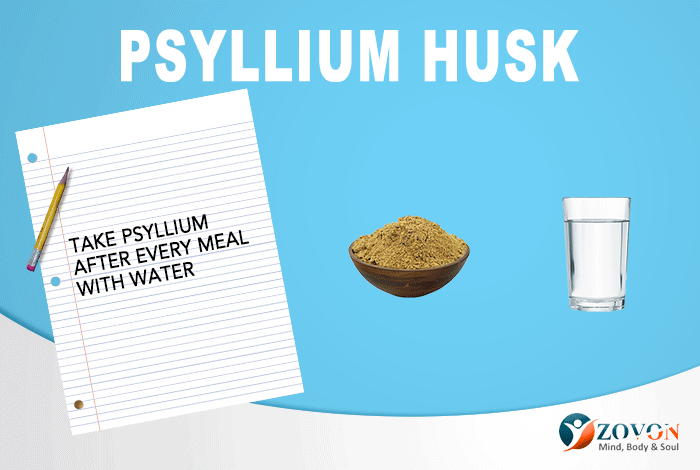
h) Bitter Gourd: Commonly known as ‘Karela,’ it is rich in a compound called polypeptide-P, which is a plant insulin. When it enters the human body, it mimics the human insulin and hence, lowers blood sugar levels. Other than polypeptide-P, two other essential constituents of bitter gourd responsible for reducing blood glucose levels are charantin and momordicin.
- How to use:
Bitter gourd can be consumed as a gravy preparation once a week. For quicker results, it’s juice can be taken on an empty stomach, once in every 3 days.
i) Neem: It improves insulin sensitivity, and dilates blood vessels to improve blood circulation and thus, reduces blood sugar level.
- How to use:
Consuming the juice of neem leaves on an empty stomach can give beneficial results.
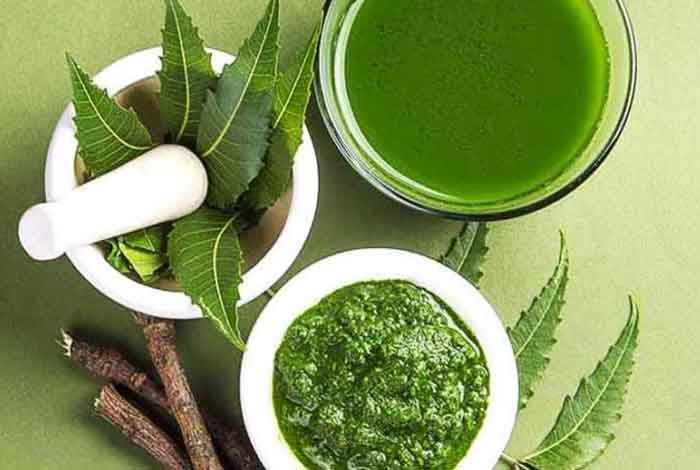
j) Indian Blackberry: It is also known as ‘Jamun’ or ‘Jambul.’ The seeds of Indian blackberry contain a glycoside, which inhibits the conversion of starch to sugar; thus, beneficial in diabetes. Besides hypoglycemic activity, it is also known to prevent heart diseases.
- How to use:
Eating 5 to 6 jamun daily in the morning helps lower the blood sugar level. Another way of consumption is adding jamun seed powder to a glass of milk or water and drinking it daily.
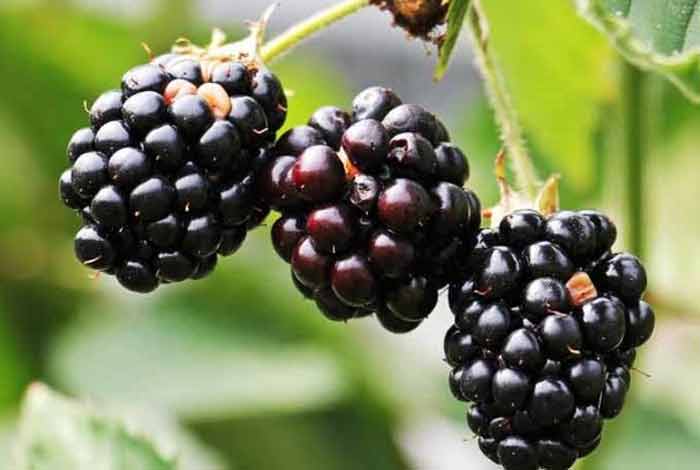
k) Aloe Vera: It is commonly found in every household. A potent skincare and antiaging ingredient, it is used as topical application on wounds. Its anti-inflammatory property forms the basis of its numerous health benefits, including blood sugar lowering function.
- How to use:
It can be consumed in the form of juice or its crushed leaves can be taken daily morning on an empty stomach.
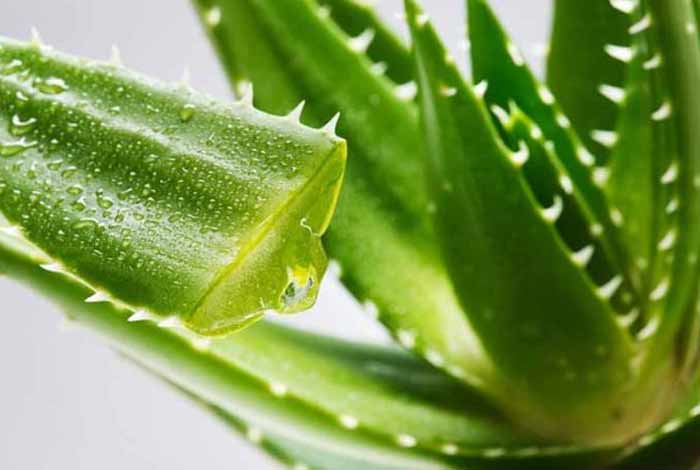
2. Exercise
One of the major causes of diabetes is sedentary lifestyle. A sedentary lifestyle causes weight gain and obesity, which in turn make it difficult to maintain normal blood sugar level. Therefore, it is particularly important for diabetes patients to engage themselves in any kind of physical activity; be it rigorous gymming, running, Zumba, sports or walking. Thus, exercise plays a key role in managing diabetes.
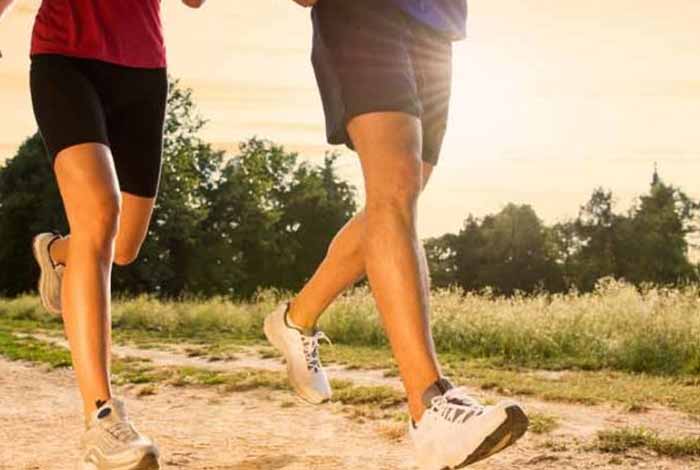
3. Yoga and Pranayama
History is evident that yoga and pranayama have a healing potential. This is true in case of diabetes too. Research has proved that yoga stimulates the internal organs like pancreas, liver and abdomen, and thus, help in harmonizing the metabolic imbalances of the body. Various yoga poses are extremely beneficial in managing diabetes, for instance, half-twist pose (Ardha Matsyendrasana), bow pose (Dhanurasana), twisted pose (Vakrasana), half-spinal twist (Matsyendrasana) and plough pose (Halasana).
Besides asanas, breathing exercises or pranayama also be practiced. ‘Anulom vilom’ (breathing through alternate nostrils) and ‘kapalbhati’ (inhale once and exhale 40-50 times) have been shown to benefit diabetics. ‘Anulom vilom’ creates a soothing effect on the central nervous system (CNS) and helps in alleviating stress; thus, rectifying the diabetes-induced hormonal imbalance in the body. Likewise, ‘kapalbhati’ stimulates our pancreas to release more insulin, which helps in normalizing the blood glucose level.
Nevertheless, it is always important to understand that yoga asanas and pranayams are meant to de-stress an individual. Thus, it should be practiced within one’s own body capacity. Generally, it is recommended to perform these under the supervision of a trained professional.

4. Tai Chi
It is a form of Chinese martial art, which is a combination of diaphragmatic breathing (a type of breathing in which chest rises and belly expands on inhaling air) and relaxation techniques. Research has proved that it boosts the immune system and hence, beneficial in all metabolic disorders, including diabetes. It stimulates the metabolism of glucose and thus, lowers the blood glucose level.

5. Aromatherapy
It involves the use of essential oils in the treatment procedure. This therapy is mainly used in the treatment of anxiety as it soothes the brain and hence, improves the general well-being of a person.
It is a well-known fact that stress is the reason for almost all health conditions. It increases the hormonal demand of the body. Diabetes is a hormonal disorder marked by insulin deficiency or insulin resistance. Aromatherapy helps to lower the stress level; thus, reducing the body’s metabolic demand and alleviating the symptoms of diabetes. These oils can be used in massages, bath or through inhalation.






